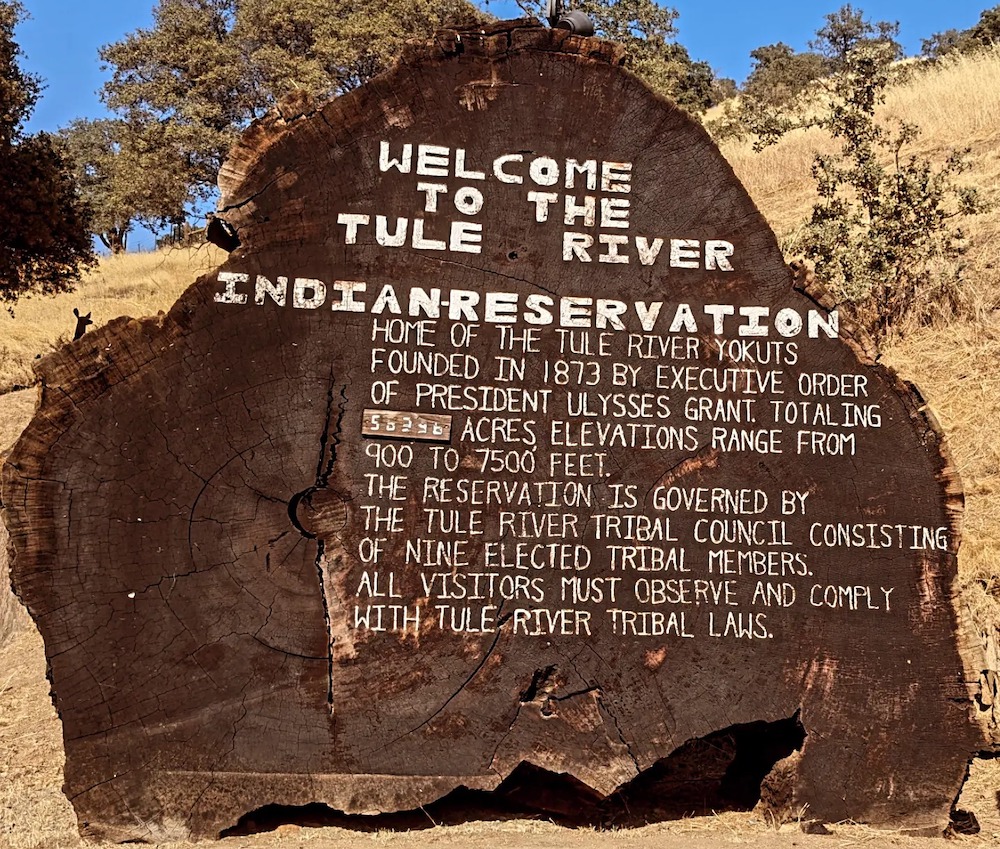
Tule River Tribe: California Valley Heritage & Cultural Preservation
In the sprawling Central Valley of California, where the Sierra Nevada foothills meet the fertile plains, lies a testament to enduring resilience and a vibrant cultural legacy: the Tule River Indian Tribe. Far from being a relic of the past, the tribe stands as a powerful living example of how indigenous communities navigate the complexities of modern existence while fiercely safeguarding the heritage passed down through millennia. Their story is one of profound connection to the land, relentless struggle against colonial forces, and an unwavering commitment to the preservation of their unique California Valley culture.
The Tule River Reservation, established in 1873, is home to descendants of several Yokuts bands, primarily the Yaudanchi and Wowol, alongside elements of the Koyeti, Wukchumni, and Palewyami. These were people deeply entwined with their environment, masters of the varied ecosystems of the Tule River watershed – from the riverine valleys to the oak woodlands and pine forests of the lower Sierras. Their traditional life was one of seasonal movements, intricate resource management, and a rich spiritual connection to every aspect of their world. Acorns were a staple, processed into flour; game animals like deer and elk provided sustenance; and an array of plants offered food, medicine, and materials for their renowned basketry.
The arrival of Spanish missions in the 18th century, followed by Mexican ranchos and the cataclysmic Gold Rush of the mid-19th century, shattered this ancient equilibrium. American expansion brought with it an era of devastating violence, disease, and systematic displacement. Treaties were signed and broken, lands were seized, and the indigenous population plummeted. The Tule River people, like many California tribes, faced forced removals and brutal massacres. The establishment of the reservation, while a means of containment, also paradoxically provided a small, sovereign land base where the remnants of the community could gather and begin the arduous process of rebuilding. It was here, on a tract of land encompassing approximately 55,000 acres of mountainous terrain and oak woodlands, that the seeds of cultural preservation were carefully nurtured.
Today, the Tule River Tribe’s efforts in cultural preservation are multi-faceted and deeply integrated into the fabric of daily life. At the heart of this endeavor is the revitalization of the Yaudanchi/Wowol Yokuts language. For generations, federal policies in boarding schools actively suppressed Native languages, pushing them to the brink of extinction. Recognizing the language as the very vessel of their ancestral knowledge and worldview, the tribe has invested significantly in language immersion programs. Elders, who are the last fluent speakers, work tirelessly with younger generations, sharing vocabulary, grammar, and traditional songs. "Our language isn’t just words; it’s our history, our ceremonies, our way of understanding the world," explains a tribal language instructor. "When we speak it, we bring our ancestors back into the room." These efforts are critical, as the loss of language often precipitates the erosion of other cultural practices.
Traditional arts and crafts also play a vital role in maintaining cultural continuity. Tule River women were, and continue to be, master basket weavers. Their intricate coiled and twined baskets, made from willow, sedge, and other native plant materials, are not merely utilitarian objects but narratives woven into fiber. Each design, each stitch, carries meaning and reflects generations of accumulated knowledge about plants, environment, and aesthetics. The tribe actively promotes and teaches these ancient techniques, ensuring that the skills and stories associated with basketry are passed down. Beyond baskets, the creation of regalia, beadwork, and other ceremonial items connects tribal members to their identity and facilitates participation in traditional dances and ceremonies.

Ceremonies and dances, though often practiced privately, remain crucial expressions of Tule River culture and spirituality. These gatherings reinforce community bonds, transmit moral teachings, and connect participants to their spiritual heritage and the natural world. Storytelling, another ancient tradition, acts as a living library. Elders share creation myths, historical accounts, ethical lessons, and practical knowledge, ensuring that the collective memory of the tribe is not lost. These oral traditions, often performed during specific seasons or at communal events, are irreplaceable sources of cultural wisdom.
The tribe’s deep connection to their ancestral lands is fundamental to their identity and their preservation efforts. The reservation itself is not just a geographical location but a living heritage site. The tribe practices land stewardship rooted in traditional ecological knowledge (TEK), which emphasizes sustainable resource management, fire prevention strategies, and the careful harvesting of native plants for food and medicine. In an era of increasing environmental concern, the Tule River Tribe’s holistic approach to land management offers invaluable lessons on living in harmony with nature, a philosophy honed over thousands of years. They understand the critical balance required to maintain healthy forests, watersheds, and wildlife populations.
Economic self-sufficiency has become a modern tool for cultural preservation. The Tule River Tribe, like many sovereign nations, has engaged in economic development, most notably through the operation of Eagle Mountain Casino. The revenues generated from these enterprises are not merely for profit but are strategically reinvested into tribal infrastructure, healthcare, education, and, critically, cultural programs. These funds support language classes, cultural centers, youth initiatives, elder care, and the protection of sacred sites. This economic independence allows the tribe to control its destiny and directly fund the initiatives essential for its cultural survival, rather than relying solely on external grants or government aid. It empowers them to build their future on their own terms, rooted in their past.
Despite these successes, challenges persist. The legacy of historical trauma, including forced assimilation, loss of land, and intergenerational poverty, continues to impact the community. Health disparities, limited access to resources, and the ongoing struggle against cultural appropriation are constant battles. Yet, the Tule River Tribe faces these adversities with remarkable resilience. Their strength lies in their collective identity, their deep reverence for their ancestors, and their unwavering commitment to the next generation. Educational programs, both within the tribal school system and through partnerships with external institutions, emphasize tribal history, culture, and sovereignty, preparing young members to be both culturally grounded and equipped for the modern world.
In a world increasingly homogenized by global influences, the Tule River Tribe stands as a beacon of cultural survival. Their story is a powerful reminder that indigenous cultures are not static relics but dynamic, evolving entities. Through dedicated language revitalization, the perpetuation of traditional arts, the practice of ancient ceremonies, and a profound connection to their ancestral lands, the Tule River Tribe continues to weave the vibrant tapestry of its California Valley heritage. They are not just preserving a past; they are actively shaping a culturally rich and sovereign future, ensuring that the voices, traditions, and spirit of the Yaudanchi and Wowol Yokuts will resonate for generations to come. Their legacy is a testament to the enduring power of human spirit and the invaluable contribution of indigenous knowledge to the global mosaic of cultures.
